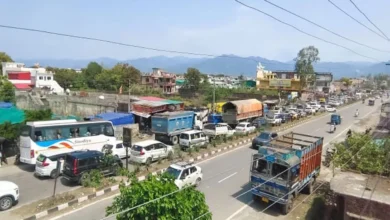COP28 meeting: An examination of India’s “net zero” pledge
At the COP28 conference in Dubai, Prime Minister Narendra Modi is there. There, difficult topics like Green Credit Initiatives will be tackled.
However, given that India is still using fossil fuels at record levels, how is the nation preparing to confront the climate issue? Policies that the nation has chosen to discuss the matter will become more significant, particularly in light of the nation’s obligations under the 2015 Paris Agreement and the Glasgow COP26 session in 2021.
India is now the world’s second-largest user of coal, with over 80% of its energy coming from fossil fuels. Bhabani Prasad Pati, joint secretary of the ministry of coal, wrote to Niyi Ayog with the following statement: “Coal will continue to play a critical role in meeting India’s energy requirements for the next few decades.” On the other hand, given India’s progress toward a clean energy transition and Net Zero by 2070, we anticipate a long-term, substantial structural shift in the nation’s fossil fuel production and consumption patterns.
A senior official said that because of the transition’s complexity and length, a clear policy framework “is required to develop a transition policy along the lines suggested in certain sections of the Mines Act, 1952.”
The World Bank and the coal ministry have already begun collaborating on mine closures based on fair transition principles. The decision was made to strengthen cooperation in the areas of energy data management, low carbon technologies, carbon market, and just transition in the coal sector, as well as to form four committees comprising Indian and US counterparts in respective fields, during a meeting of sustainable growth pillars on July 12, 2021, under the framework of the India-US strategic partnership. The crucial considerations are whether India can support a quicker phase-out of coal-fired power facilities and if both the US and India can abandon coal mining, particularly in the light of the 2015 Paris Agreement and the Cop26 meeting.
However, what is the extent of India’s advancement in this regard? Under its mission called “JTRC-IIT, Kanpur,” IIT Kanpur has been focusing on the just transition views and possibilities in the Raniganj Coalfields from the middle of 2021. “To ensure social transition for expediting just transition, we need to plant renewable energy plants surrounding the Raniganj coalfields, but most of our such plants are being installed in western India, which is if no help for social justice to the Raniganj coalfields,” stated Supriya Basu, deputy project manager at JTRC, Kanpur. “We need to estimate the loss of actual man-days from all spheres depending upon the coal economy after expected mine closure,” he said.
In the meanwhile, Coal India has increased its plans to deploy 3,000 MW of planned renewable energy units by 2030, of which 500 MW are now under construction.







